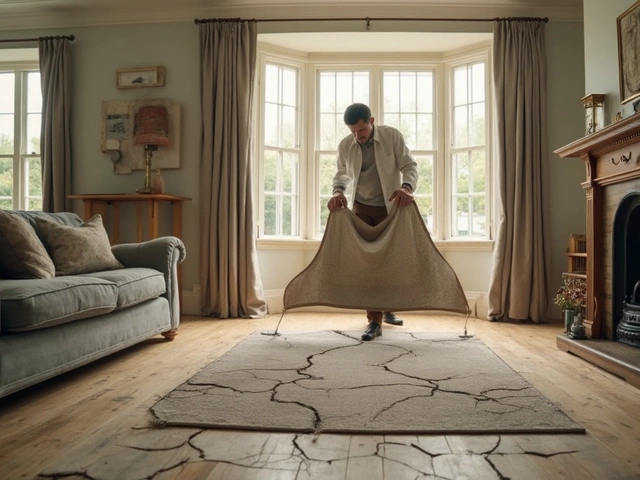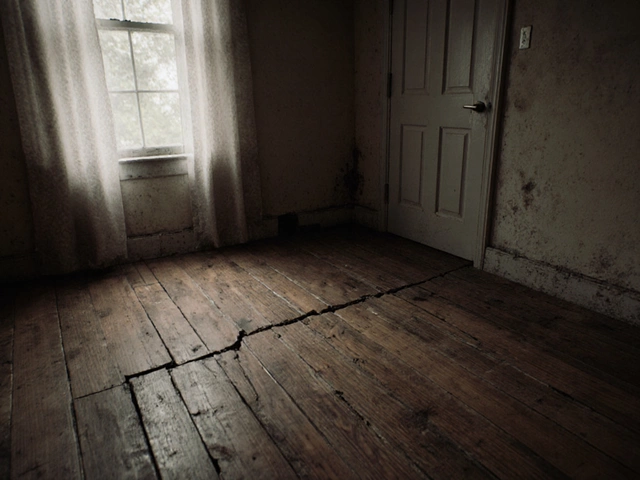Watering Your House Foundation: Does It Prevent Cracks?
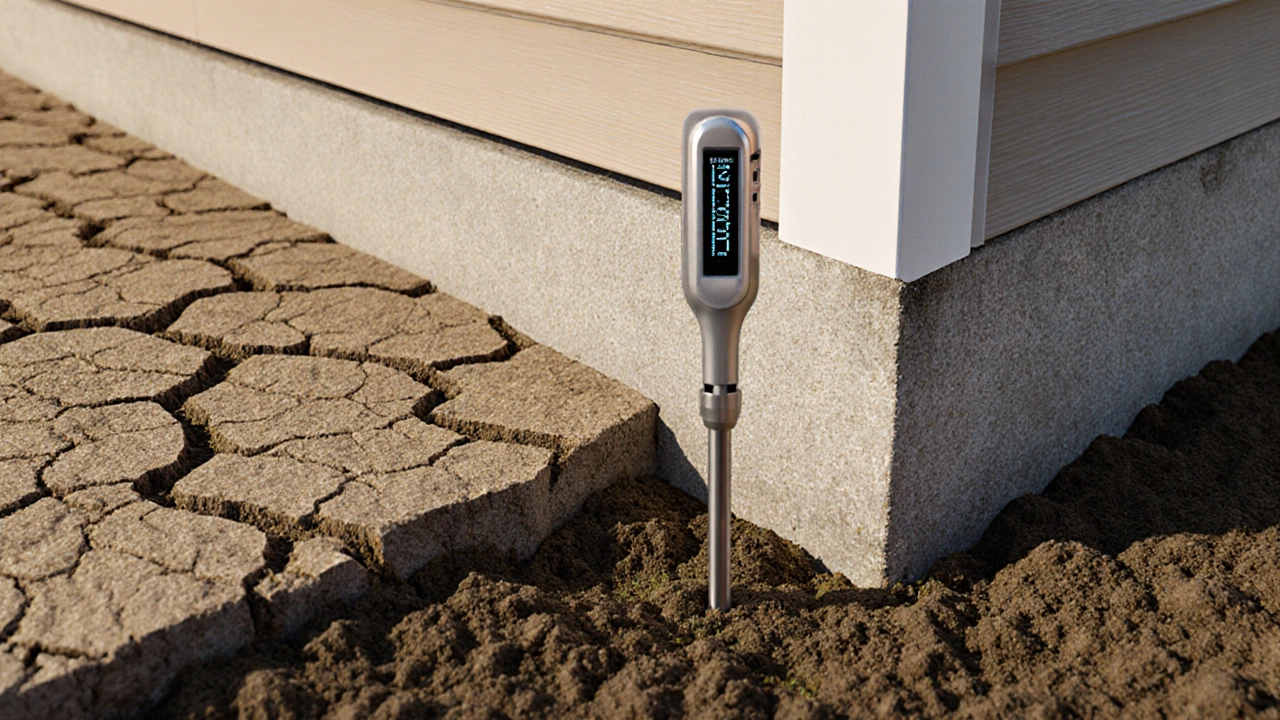
Foundation Moisture Advisor
Soil Moisture Assessment
Quick Takeaways
- Watering a foundation only helps when the soil is extremely dry and the house sits on expansive clay.
- Too much water raises hydrostatic pressure, which can actually cause new cracks.
- Use a moisture sensor to keep the soil around the footing between 12%‑15% moisture.
- Better than watering: install proper drainage, maintain gutters, and use a gravel base.
- When you see a crack, call a professional - watering won’t fix it.
Homeowners often wonder if a little extra water around the House foundation the structural base that supports a home’s walls and floors can keep it from foundation cracking. The short answer is: it depends on the soil, climate, and how you manage moisture. This guide walks through the science, the risks, and practical steps so you can decide whether watering helps or harms your house.
Why Foundations Crack in the First Place
Cracks appear when the footing experiences uneven movement. Two main forces drive that movement:
- Soil moisture the water content held in the surrounding earth shifts, causing the soil to expand or shrink.
- Hydrostatic pressure the force exerted by water stored in the ground pushes laterally against the foundation wall.
When the soil expands, it lifts the footing; when it dries out, the footing settles. Both scenarios stress the concrete, creating hairline cracks that can widen over time.
What Role Does Watering Play?
In regions with expansive clays, such as parts of New Zealand’s North Island, the soil can shrink dramatically during drought. Some contractors suggest sprinkling water around the perimeter during dry spells to keep the soil at a stable moisture level.
However, watering is a double‑edged sword. If you add more water than the soil can absorb, you create a perched water table. That raises Groundwater level the depth at which the soil becomes saturated, increasing hydrostatic pressure and forcing water against the footing. The result? New cracks or worsening existing ones.
How to Tell If Your Soil Needs Water
Before you grab a hose, test the moisture. A simple Moisture sensor a device that measures volumetric water content in soil inserted 12‑18 inches deep near the footing gives a reliable reading. Ideal ranges for most residential soils are:
- Clay: 12%‑15% moisture
- Sandy loam: 8%‑10% moisture
If the reading falls below this range for several weeks, a light watering schedule (once a week, 1‑2 gallons per linear foot) can help. If it’s already within range, skip the water.
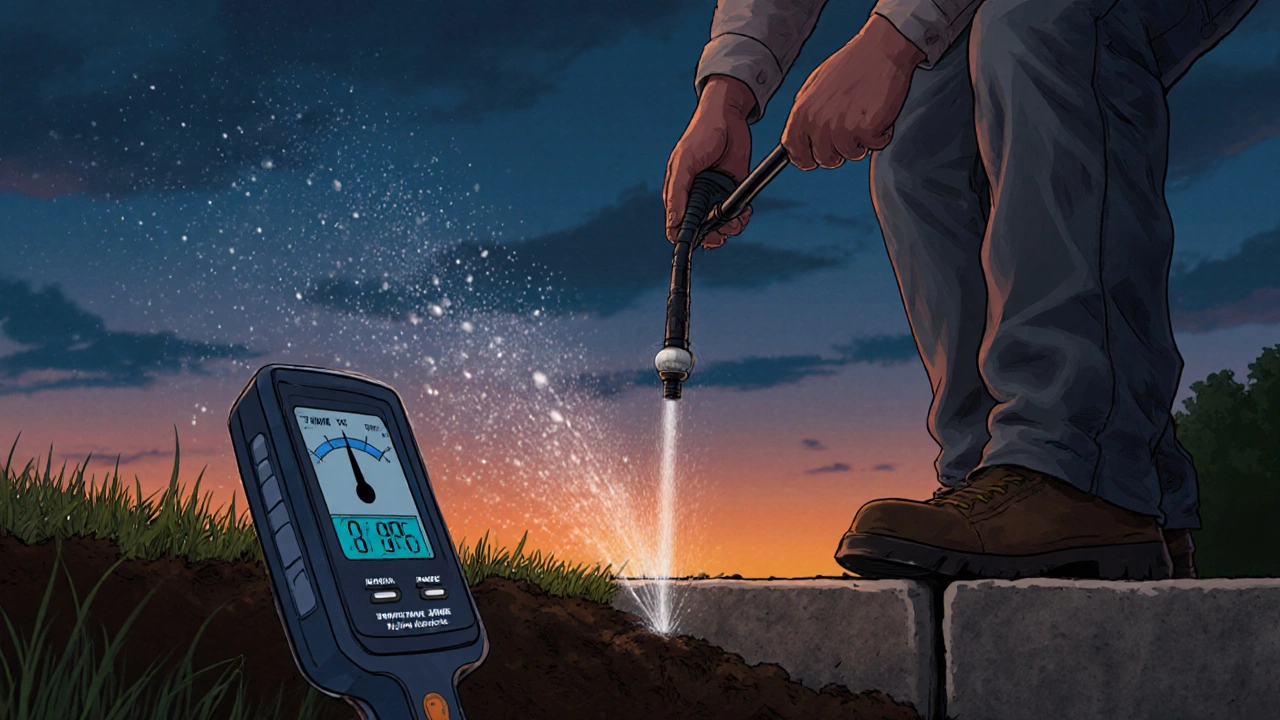
Proper Watering Technique (If You Must)
- Choose early morning or late evening to reduce evaporation.
- Use a fine‑mist sprinkler or a drip line placed 6‑12 inches from the footing.
- Apply water slowly - about 0.5 gallons per square foot each session.
- After watering, wait 24‑48 hours and re‑measure moisture.
- Stop watering once the sensor reads the target range.
Never flood the area. A quick dump can raise the water table faster than the soil can drain, creating the exact problem you’re trying to avoid.
Better Alternatives to Keep Moisture Balanced
Instead of manually watering, consider these long‑term solutions that address the root causes:
| Method | Cost | Effectiveness | Maintenance |
|---|---|---|---|
| Install a French drain | Medium | High - removes excess water | Occasional cleaning |
| Improve gutter downspouts | Low | Moderate - prevents splash‑back | Annual inspection |
| Place a gravel base around footing | Low‑Medium | High - promotes drainage | Minimal |
| Apply a moisture‑retaining polymer to backfill | Medium‑High | High - stabilizes clay movement | None after install |
These measures keep the soil from swinging between extremes, which is the real enemy of a stable foundation.
Checklist: Is Watering Right for You?
- Do you live on expansive clay? (Check local soil maps.)
- Do you have a reliable moisture sensor?
- Is the soil consistently below the target moisture range?
- Are gutters, downspouts, and drainage already functioning?
- Have you consulted a structural engineer about existing cracks?
If you answered “yes” to the first three and “no” to the last two, a controlled watering schedule may help. Otherwise, focus on drainage and soil stabilization.
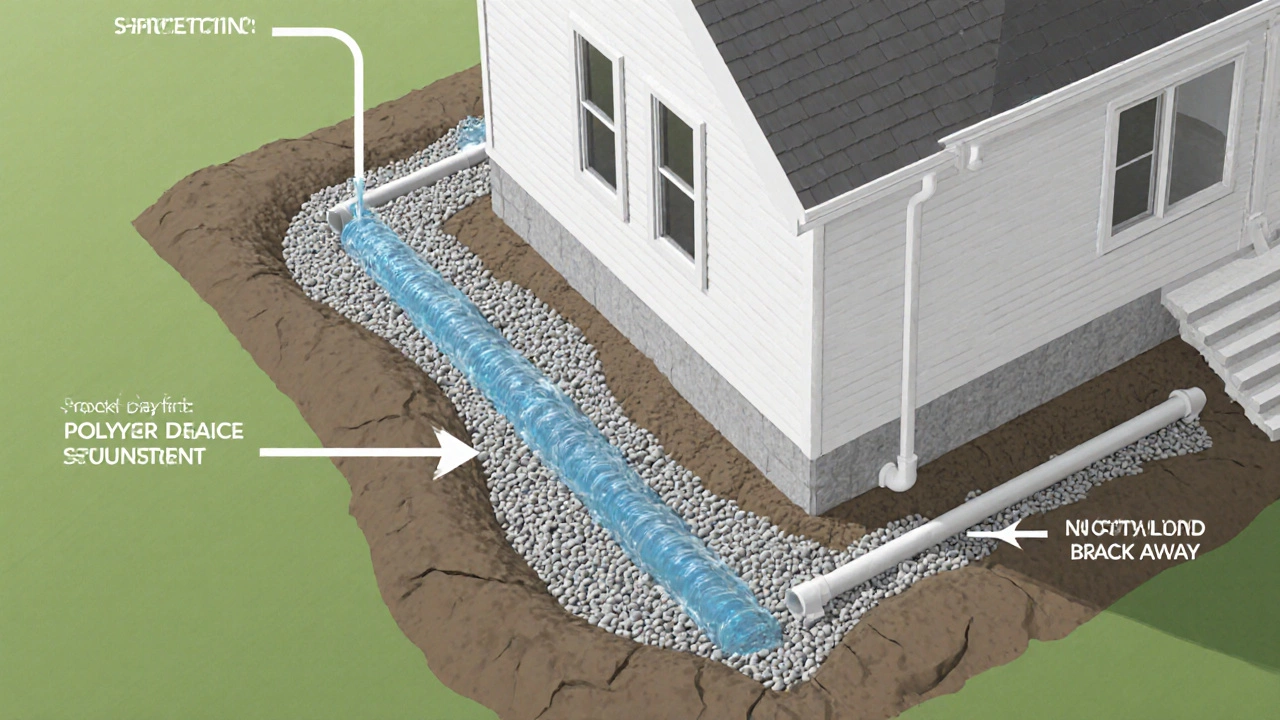
When Watering Won’t Fix the Problem
Watering cannot repair a crack that has already formed. Cracks indicate that the footing has moved beyond its elastic limit. In such cases, the correct approach is:
- Seal the crack to prevent moisture intrusion.
- Install a footing underpinning or pier system to stabilize the structure.
- Address any drainage deficiencies that contributed to the movement.
Attempting to “solve” a crack with water can make the damage worse, especially if the soil is already saturated.
Frequently Asked Questions
Will watering my foundation prevent all cracks?
No. Watering only helps maintain consistent soil moisture on expansive soils. Cracks caused by poor drainage, high hydrostatic pressure, or structural issues need other solutions.
How often should I check soil moisture?
During the dry season, check weekly. In wetter months, a bi‑weekly check is sufficient. Use a calibrated moisture sensor for accuracy.
Is a French drain worth the expense?
For homes with recurring water pooling or high groundwater, a French drain is often the most reliable fix, preventing both hydrostatic pressure and soil swelling.
Can I use a garden hose to water the foundation?
Yes, but only in small, controlled amounts. A hose’s high flow can quickly saturate the soil, raising pressure. A drip‑line or mist system gives better control.
What signs show my foundation is already damaged?
Look for vertical cracks in walls, doors that stick, windows that won’t close, or visible gaps in the slab. If any of these appear, call a professional before adjusting watering practices.
Bottom Line
Watering a foundation is not a magic cure, but it can be a useful tool in a very narrow set of circumstances-mainly when the surrounding soil is too dry and you have a way to monitor moisture precisely. In most cases, investing in proper drainage, maintaining gutters, and using a gravel or polymer‑enhanced backfill will do more to keep your foundation crack‑free.
